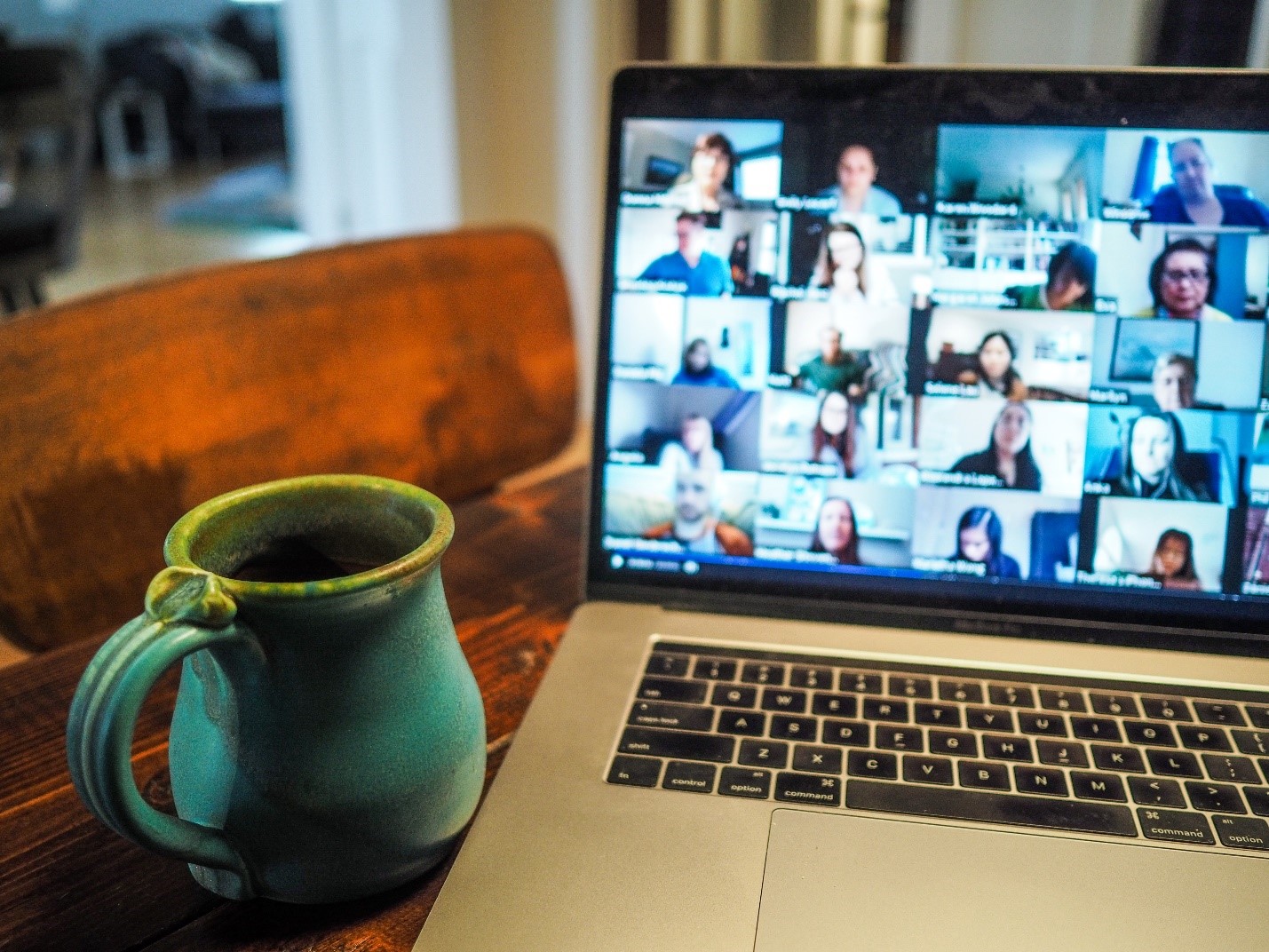
Before Friday the 13th of March, 2020, my typical day was spent meeting with clients and co-workers in-person, over lunch, at coffee and occasionally online. I’m sure yours was too. After that infamous Friday the 13th our whole world changed as we knew it. Lock down meant all of us had to work from home, stay put and cope with a ‘new normal’. Ration toilet paper, wear gloves and masks as we learned together what this Coronavirus, COVID-19 was all about and how to deal with it. We also collectively witnessed social injustice, political unrest and the most unstable time in our nation since 1968. As we waited to see when this would end, we learned how to make sourdough bread, cut hair, groom our pets, sew, paint, craft, write and binge TV. Days stretched into weeks, then months and now we are arriving at the one-year anniversary of the pandemic. 2020 will forever be remembered as the year we gained our quarantine 15, stayed locked down and looked at our world through a different lens. With those life changes, as marketers, our behavior, and the consumers our brands interact with also changed. Some think temporarily, I think more permanently, and we must acknowledge these changes and course correct to the evolving consumer landscape.
With most of us now stuck at home, how would our behavior change? It was obvious, we would adapt quickly to online shopping, food delivery and grocery delivery. As Maslow’s hierarchy kept us focused on the basics of food, streaming services and toilet paper, our local restaurants and retailers went out of business one-by-one. As a marketer, how would we pivot from this sudden shock and change in behavior? School shutdowns meant our kiddos, or our friends, clients, and colleagues’ kiddos, were suddenly thrust into ‘distance learning’. Kids online + us stuck at home = our online time would increase significantly – no shocker. But non-marketing types were slow to react.
Digital Media vs. Traditional Media
The graph below from eMarketer® shows our time spent with digital media went up on average an hour more per day while our time with traditional media (print, radio, TV) remained flat. The time was most likely spent multi-tasking between ‘Tiger King’ and emails. Regarding TV, the most watched traditional network is CBS at just over 5 million viewers. In comparison, Netflix has 182 million subscribers. The big networks will eventually ‘sunset’, but that blog post is for another day.
My son’s media consumption increased and switched from meeting friends in-person to interacting with them via console gaming.
Hootsuite® recently published this fresh data that corroborates eMarketer’s findings. The data was collected by GWI (Global Web Index) from a survey of global users. I found it fascinating, specifically the time spent on video games. Their data shows about 8 hours a week spent gaming and I just shared my son, on a low week, spent 28 hours or 4 hours per day average video gaming. My parenting skills aside, during COVID, parents may see online gaming as social interaction with lockdowns and isolation mandatory in most states.
The second slide here from Hootsuite® shows our online search behaviors and a couple of data points are significant for marketers. First, voice search is now 2nd to conventional search at 45.3% with smartphones and voice assistants like Google Home and Alexa. A majority of voice search is focused on local search so if you have a brick-and-mortar location you need to have your Google My Business and local listings dialed in to come up in search results. The second most significant data point was that 32.9% of searches were using image recognition tools. The next phase of SEO and optimization will be the race for image recognition rankings so begin to prepare for that as the landscape of SEO continues to evolve.
As a marketer, I found this last slide I will share from Hootsuite® the most fascinating. With consumers remaining at home, they have expanded their social media footprint. TikTok has always been a hit with the kids, 16 – 24, but adults in the US have started to adapt TikTok. From this chart, you can map out your content strategy for social media. Most companies are not active on the big 6 social media platforms (Facebook, Instagram, LinkedIn, Twitter, Pinterest & YouTube).
At the writing of this blog post we are seeing vaccinations roll-out across the country but there is no timeline for when or if ‘normal’ will return. Until that time comes, we need to continue to interact with our customers where they have migrated – which is more online than ever before. They will check their email to see your latest offer, they will like your post of a new product, they will participate in your Twitter poll and they have the time to watch your video. If we continue to deliver on the brand promise we established and share relevant online content that informs, educates, facilitates, and entertains that’s the best we can do until we reconnect in-person over that cup of coffee.
